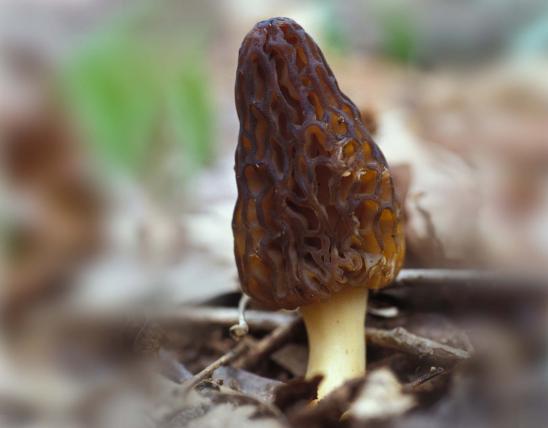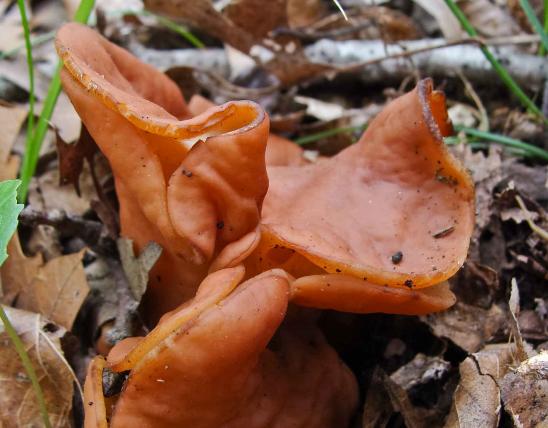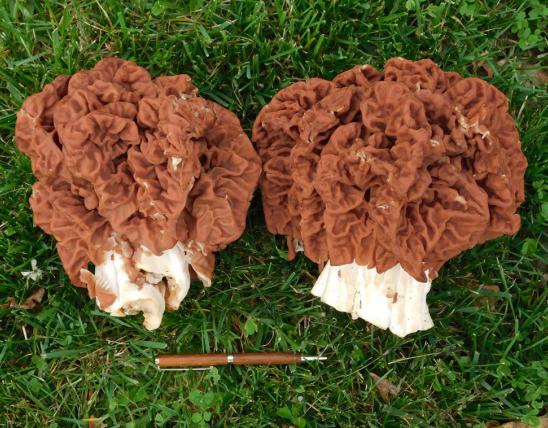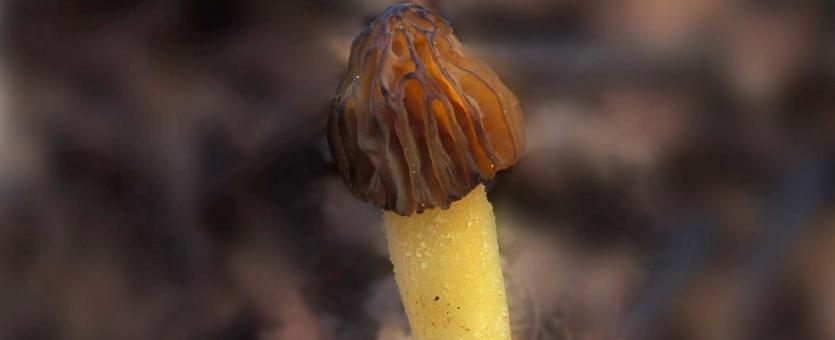
The half-free morel has a honeycombed cap with brownish black ridges and yellowish brown pits; the bottom half hangs free from the whitish stalk; it is completely hollow. April–May. The cap is conical, with honeycomb-like ridges and pits; the ridges are brownish black; the pits are yellowish brown; it is deeply pitted; hollow; the top half of the cap is attached to the stalk, the bottom half hanging free like a skirt. The stalk enlarges at the base to 1–2 inches wide; it is whitish to ivory and has slight vertical ribs and often small bumps; it is hollow. The spore print is cream to yellowish. Spores magnified are elliptical, smooth. Spores are located inside the pits.
Lookalikes: The poisonous false morels (Gyromitra caroliniana and G. brunnea) are reddish and have wrinkled, lobed, or brain-shaped caps and dense (not hollow) stalks. The yellow morel (M. esculentoides) and black morel (M. angusticeps) have larger caps, and the bottom of the cap in both species is fused to the stalk.
Cap width: ½–1½ inches; cap height: ½–1½ inches; stalk length: 2–4 inches; stalk width: ½–1½ inches.
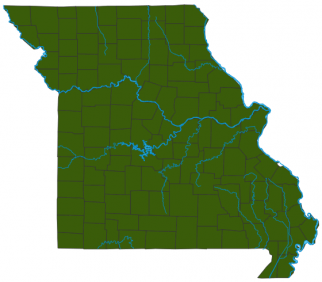
Statewide.
Habitat and Conservation
Grows scattered in mixed hardwoods. This species usually comes out before the other morels in springtime. Scientists have recently determined that a species nearly identical to this mushroom grows west of the Rockies. Except for the different geography, the only way to tell them apart is through DNA testing.
Status
An excellent edible mushroom. Half-free morels are definitely worth eating, although their flavor is mild compared to that of the other morels. If you find some of this species, you can add them to a batch of yellows or blacks. American morels have recently been reclassified using DNA studies. It was thought that this species grew in both North America and Europe, but that is not the case. This species was called "Morchella semilibera," but that name now only applies to European morels.
Life Cycle
Mushrooms exist most of the year as a network of cells (mycelium) penetrating the soil or rotting material. When ready to reproduce, the mycelium develops mushrooms, which produce spores that, once released, can begin new mycelia elsewhere. For at least part of its life cycle, this species is a saprobe, feeding on decaying materials such as dead leaves or wood. It also might be mycorrhizal, spending part of its cycle connected to tree roots in a relationship benefiting both tree and fungus.
Human Connections
Humans have eaten mushrooms for thousands of years. Morels are especially prized for their culinary value and are a favorite of mushroom hunters. Mushroom hunting is an exciting, fun, and rewarding hobby.
Ecosystem Connections
The tiny insects that we rinse off before cooking relish morels, too. Below ground, morels form symbiotic relationships with roots of many trees, helping them get nutrients. As saprobes, morels decompose dead leaves and wood, helping them go back to the soil.
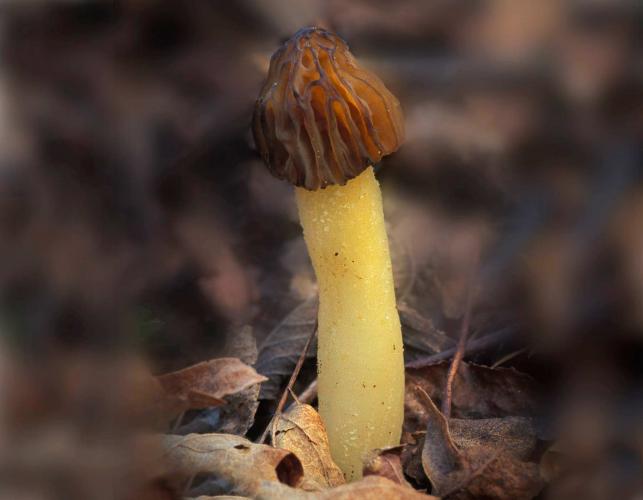
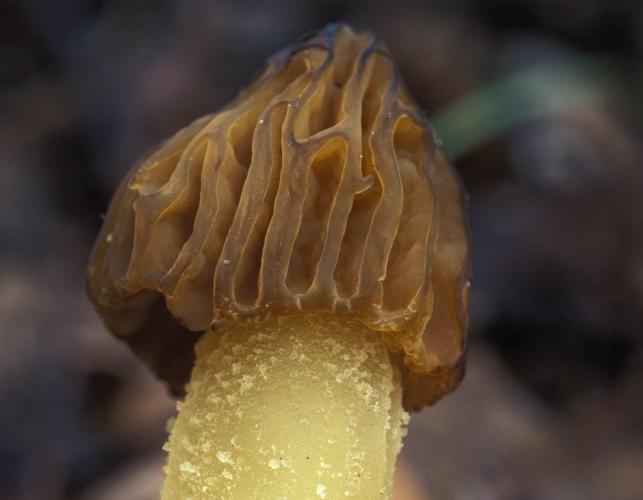
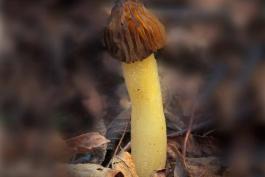
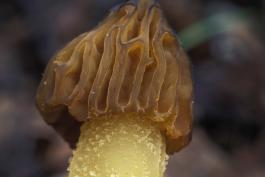
Mushrooms are a lot like plants, but they lack chlorophyll and have to take nutrients from other materials. Mushrooms are neither plants nor animals. They are in a different kingdom — the fungi. Fungi include the familiar mushroom-forming species, plus the yeasts, molds, smuts, and rusts.
Always be cautious when eating edible mushrooms. Be absolutely sure of the ID, and only eat a small amount the first time you try it to avoid a reaction..























